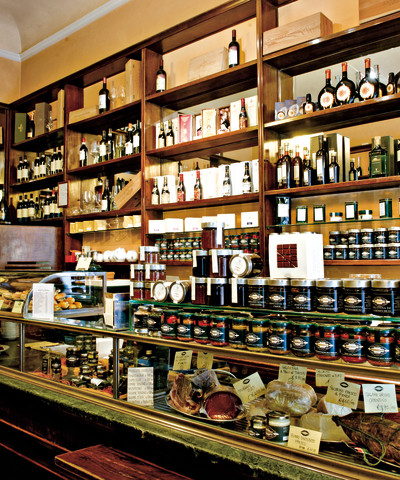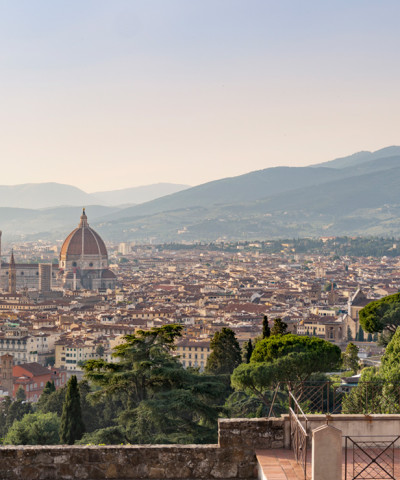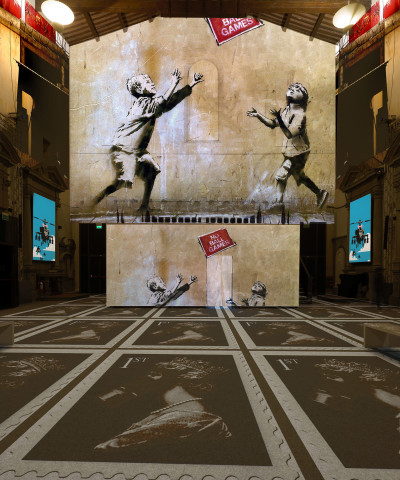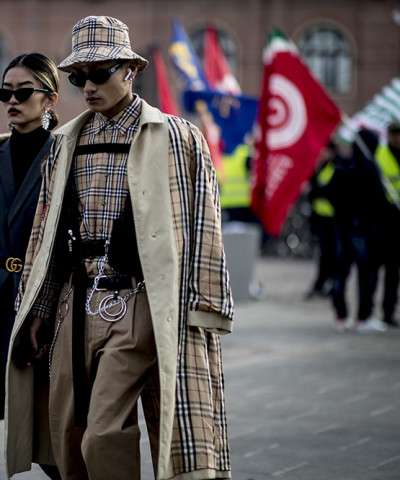Alberto Giacometti and Lucio Fontana, two masters of art on display in Florence
Giacometti – Fontana. La ricerca dell’assoluto at Palazzo Vecchio and Lucio Fontana. L’origine du monde at the Museo Novecento
For the first time together, Alberto Giacometti and Lucio Fontana are the protagonists of an unprecedented museum project that presents the ideal encounter and powerful dialogue between two giants of the 20th century, thanks to the extraordinary comparison of masterpieces arriving from Italy and abroad.
In Florence, a special double date conceived by Sergio Risaliti, director of the Museo Novecento, which sinks into the unrelenting and stubborn research of the two masters, the protagonists of a parallel journey intended to suggest new avenues of analysis and probe new interpretations.
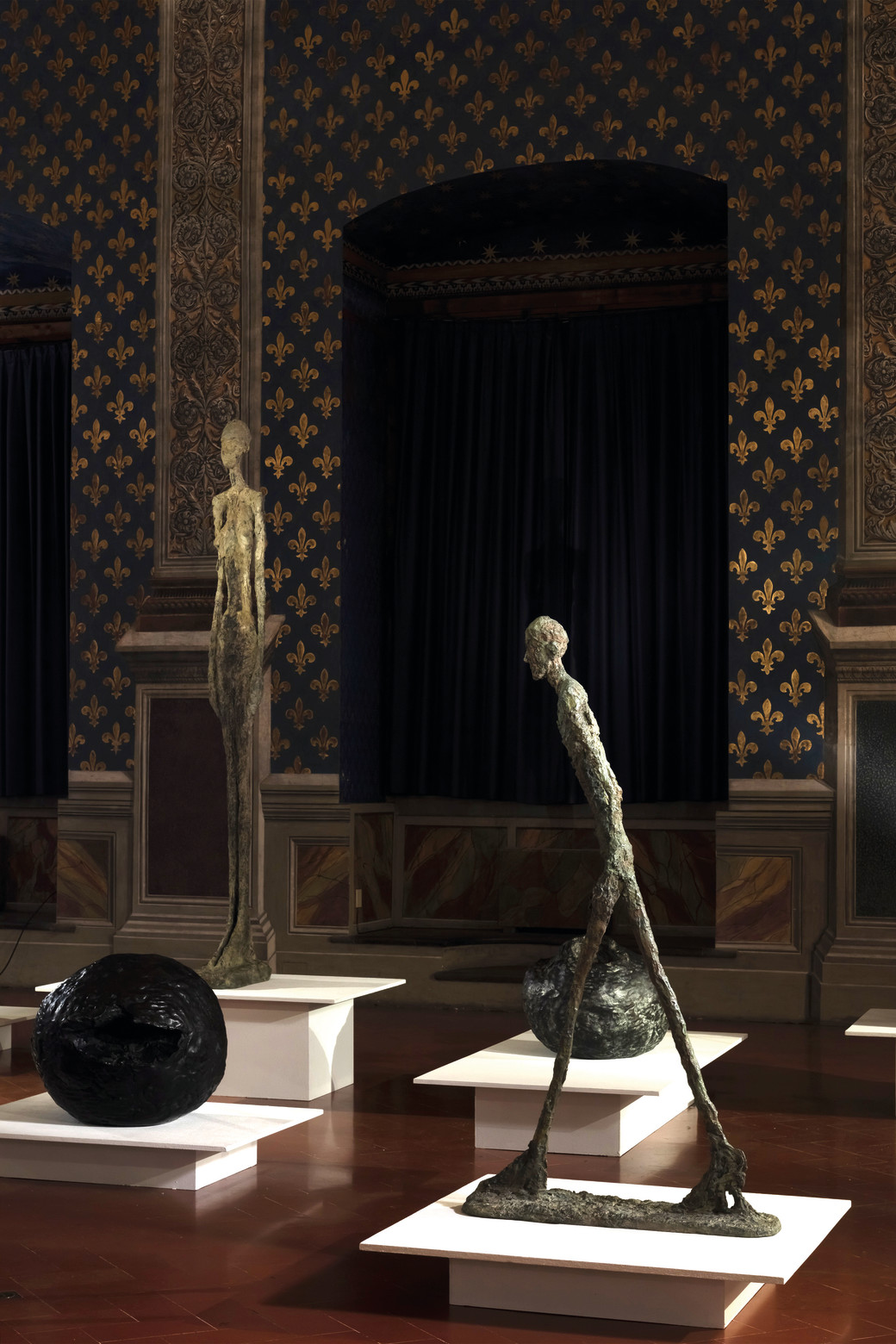 Giacometti – Fontana. La ricerca dell’assoluto
Giacometti – Fontana. La ricerca dell’assolutoIn the beautiful spaces of the Museo di Palazzo Vecchio, in the Sala delle Udienze and the Sala dei Gigli, where today Donatello's famous Judith is kept, from March 2 to June 4 we find the exhibition Giacometti - Fontana. The Quest for the Absolute. An exhibition that aims to provoke questions rather than answers, and compares these two pillars of the 20th century, so distant in their attitudes and lives, but equally linked by a reflection on truth in art, conquered through the experience of matter and at the same time of imagination.
 Giacometti – Fontana. La ricerca dell’assoluto
Giacometti – Fontana. La ricerca dell’assolutoAn anthropological inquiry links the reflections of the two artists: both look at the world as a place of passage, of transit, and attempt to represent the immaterial through matter, worn down by Giacometti and punctured by Fontana.
 Giacometti – Fontana. La ricerca dell’assoluto
Giacometti – Fontana. La ricerca dell’assoluto Giacometti – Fontana. La ricerca dell’assoluto
Giacometti – Fontana. La ricerca dell’assolutoIn conjunction with this major project, the Museo Novecento is dedicating no less than two floors of the former Leopoldine to the sculptures and drawings of Lucio Fontana. The exhibition Lucio Fontana. L'origine du monde, on view to the public from March 2 to Sept. 13, stems from the desire to explore some as yet unexplored aspects of the work of the Italian-Argentine master, among the most innovative artists of the last century, such as the original relationship between artistic creation, procreation and the birth of life in the universe, and the relationship between the finite and infinite worlds. Drawings, paintings and sculptures from '46 to the last years of his long career will be presented. The title evokes Gustave Courbet's famous as well as scandalous painting and declines the gnoseological significance of that 19th-century painting toward an archetypal interpretation of eros as the generating force of human life and the cosmos. Eros always poised between the high of the Platonic world and the low materialism of sexual bodily functions.
 Lucio Fontana, Concetto spaziale, 1950
Lucio Fontana, Concetto spaziale, 1950








